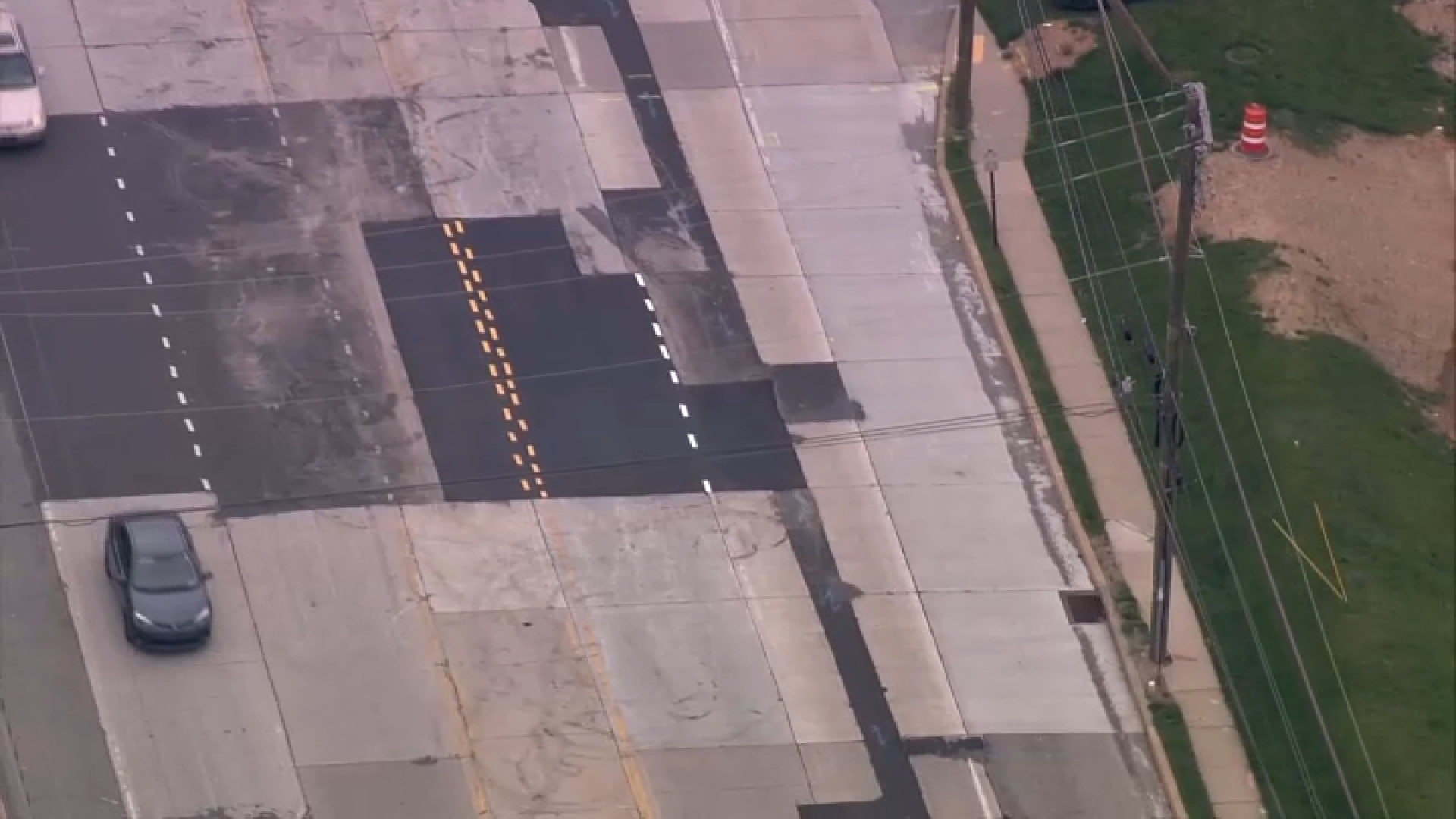New Jersey's Democrats have renewed their push to fund a state program designed to reduce lead poisonings in the state.
Committees in New Jersey's state Assembly and Senate will review identical bills on Monday that would put $10 million into the long-dormant Lead Hazard Control Assistance Fund.
"New Jersey is still seeing that there is a problem with lead," said Assemblywoman L. Grace Spencer, a Democrat from Newark who's sponsoring the Assembly's version of the proposal. "If there wasn't, we wouldn't be asking for the funding."
Republican Gov. Chris Christie has not supported a similar effort in the past and indicated at press conference last week that he would not support this one.
The state already budgets $7 million a year for lead abatement and uses $5 million in federal funding to address lead in properties damaged by Superstorm Sandy. His office said an additional $3.8 million has been proposed to tackle the lead issue next year.
Christie said Thursday that the lead issue has become "over dramatized" in the state.
The "fact is that New Jersey has a fund that helps to pay for this," he said.
Local
Breaking news and the stories that matter to your neighborhood.
The Democrats want to replenish funding for a program that, among other things, provided financial assistance to property owners who wanted to safely remove lead paint.
The program began in 2004 and was funded by a tax on paint cans. But since former Democratic Gov. Jon Corzine's administration, the tax's revenues have been diverted into the general fund. Spencer's bill would send the money back.
Christie's administration has pointed out that New Jersey has been successful at reducing lead poisoning.
The number of children with unsafe levels of lead in their blood dropped by 70 percent from 1997 to 2013, according to the Centers for Disease Control and Prevention. The state also increased the number of children who are tested 20-fold to more than 200,000.
Christie's critics, however, point to changes in CDC standards, which in 2012 cut in half the amount of lead in a child's blood that's needed to be considered elevated. In 2013, that change increased the number of children at risk in New Jersey from more than 800 to more than 5,000.



